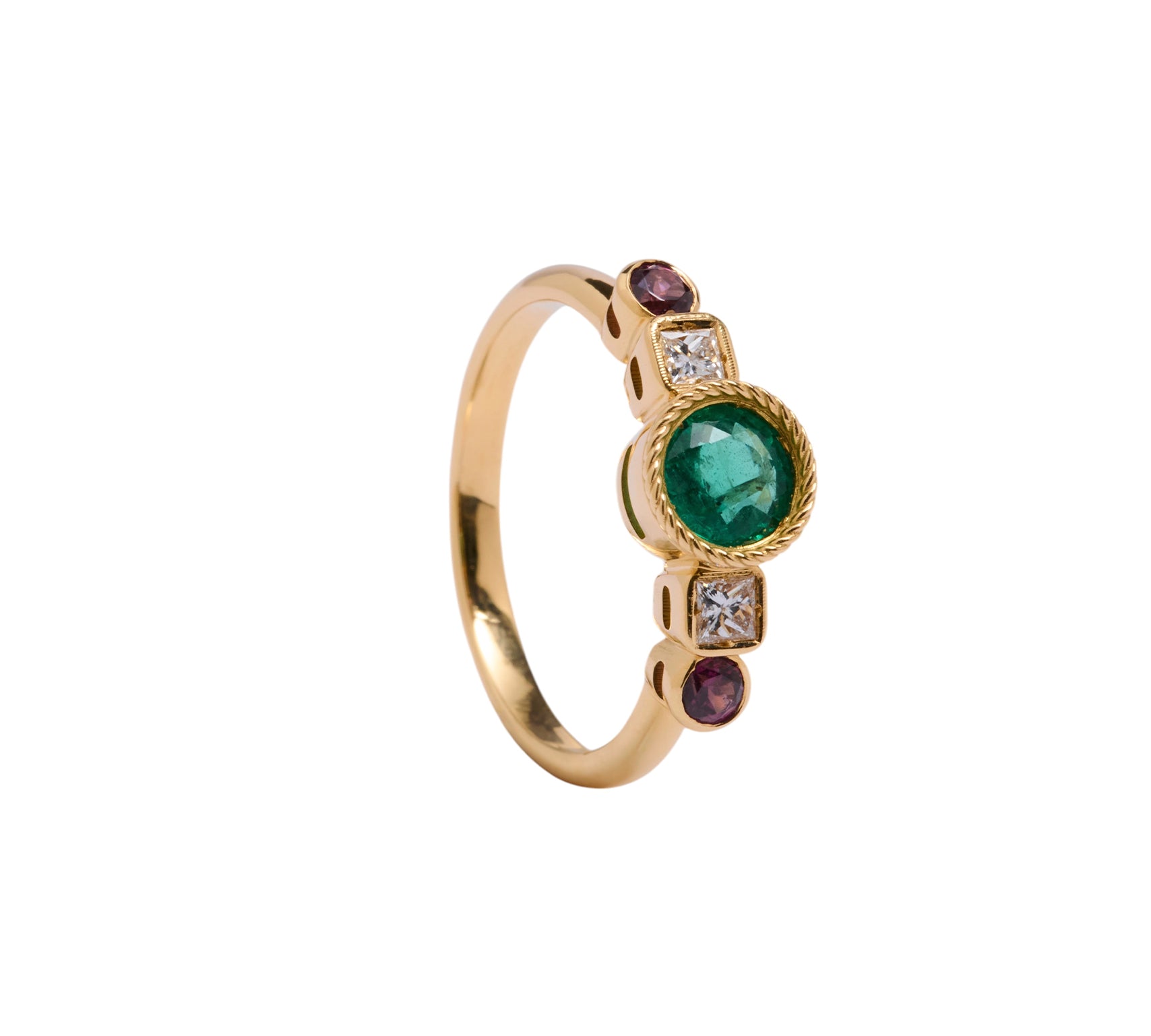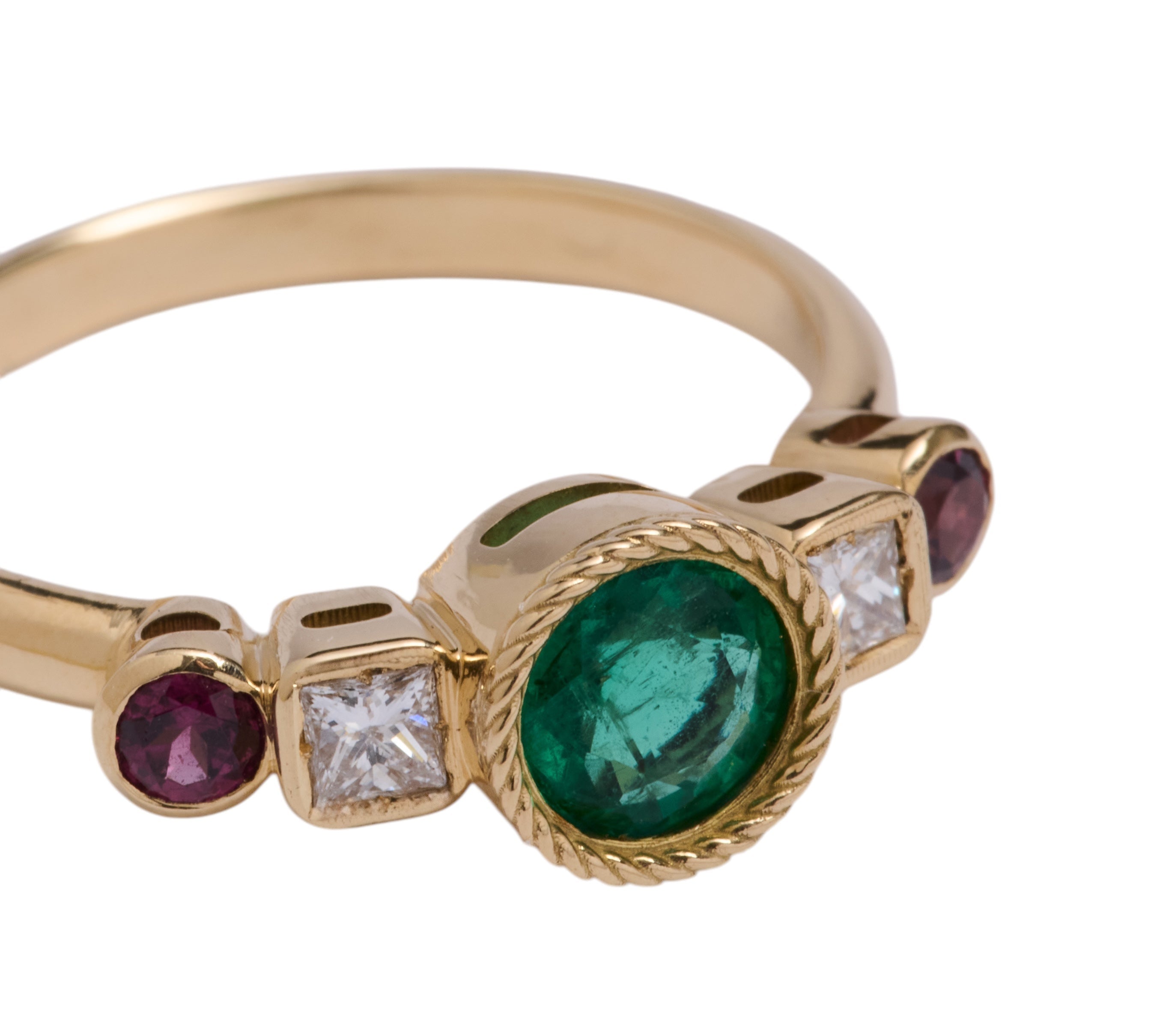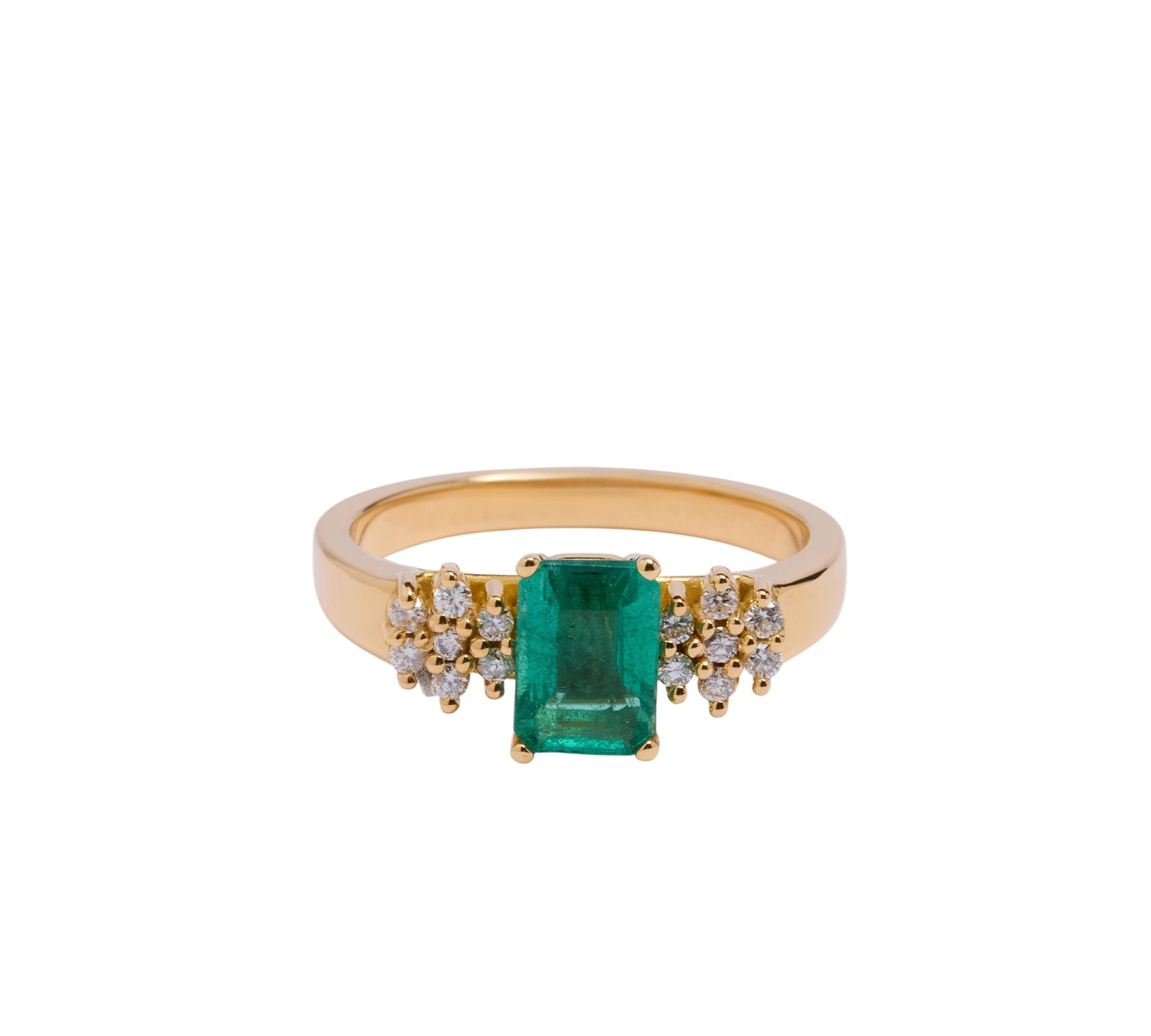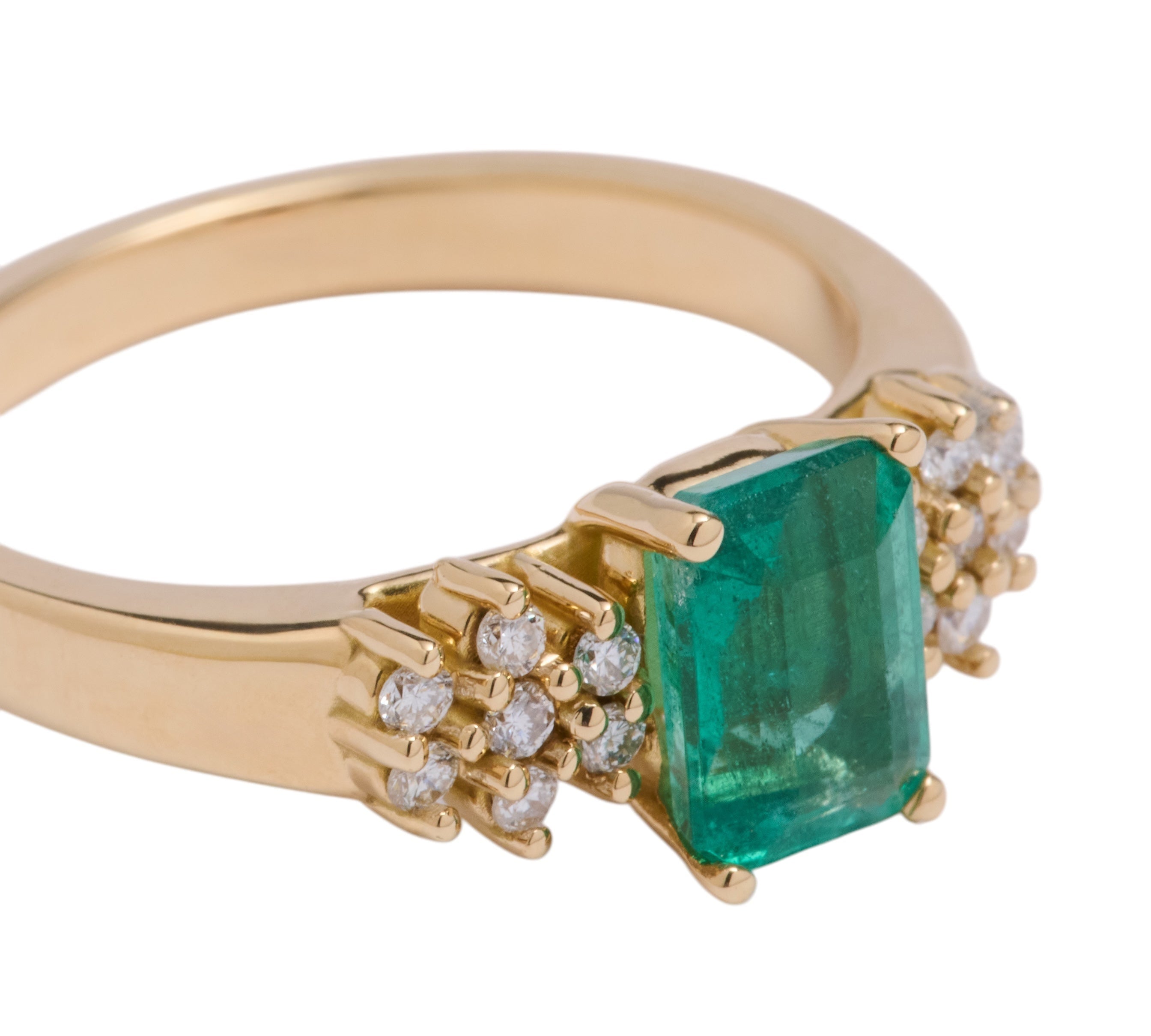Complete guide to the emerald
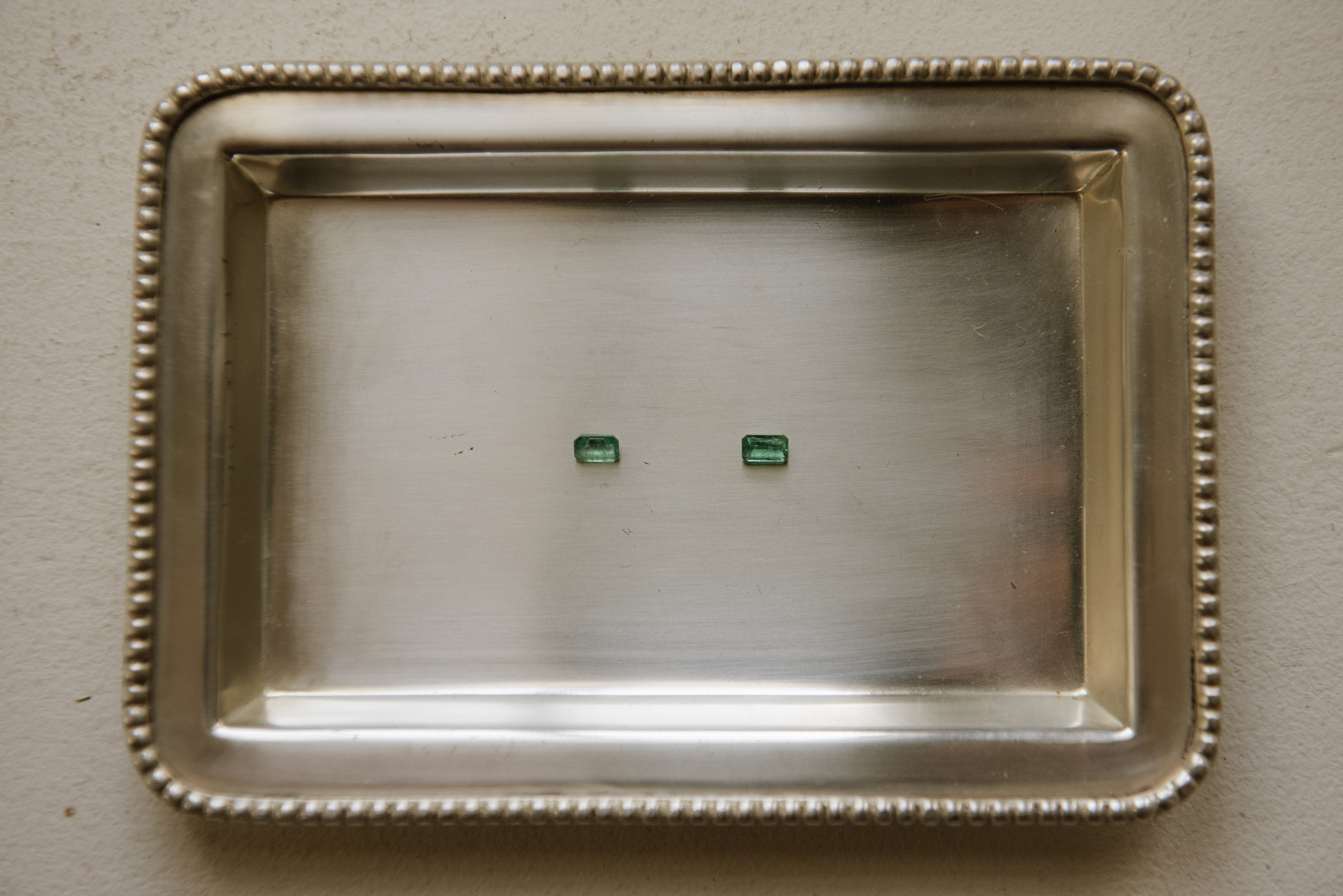
The emerald is one of the world's most prized gemstones, a symbol of renewal, rebirth, and wisdom since ancient times. Its distinctive green color evokes lush landscapes and relaxing gardens, and it has been admired by cultures as diverse as the Egyptians, Incas, and Greeks. For those unfamiliar with them, it's important to understand that their beauty is linked to their natural origin, and that their appearance, including their imperfections, is part of their authenticity.
As a gemstone of spring, the emerald is the perfect choice as a birthstone for the month of May. It is currently considered the May birthstone and is traditionally given on the 20th and 35th wedding anniversaries.
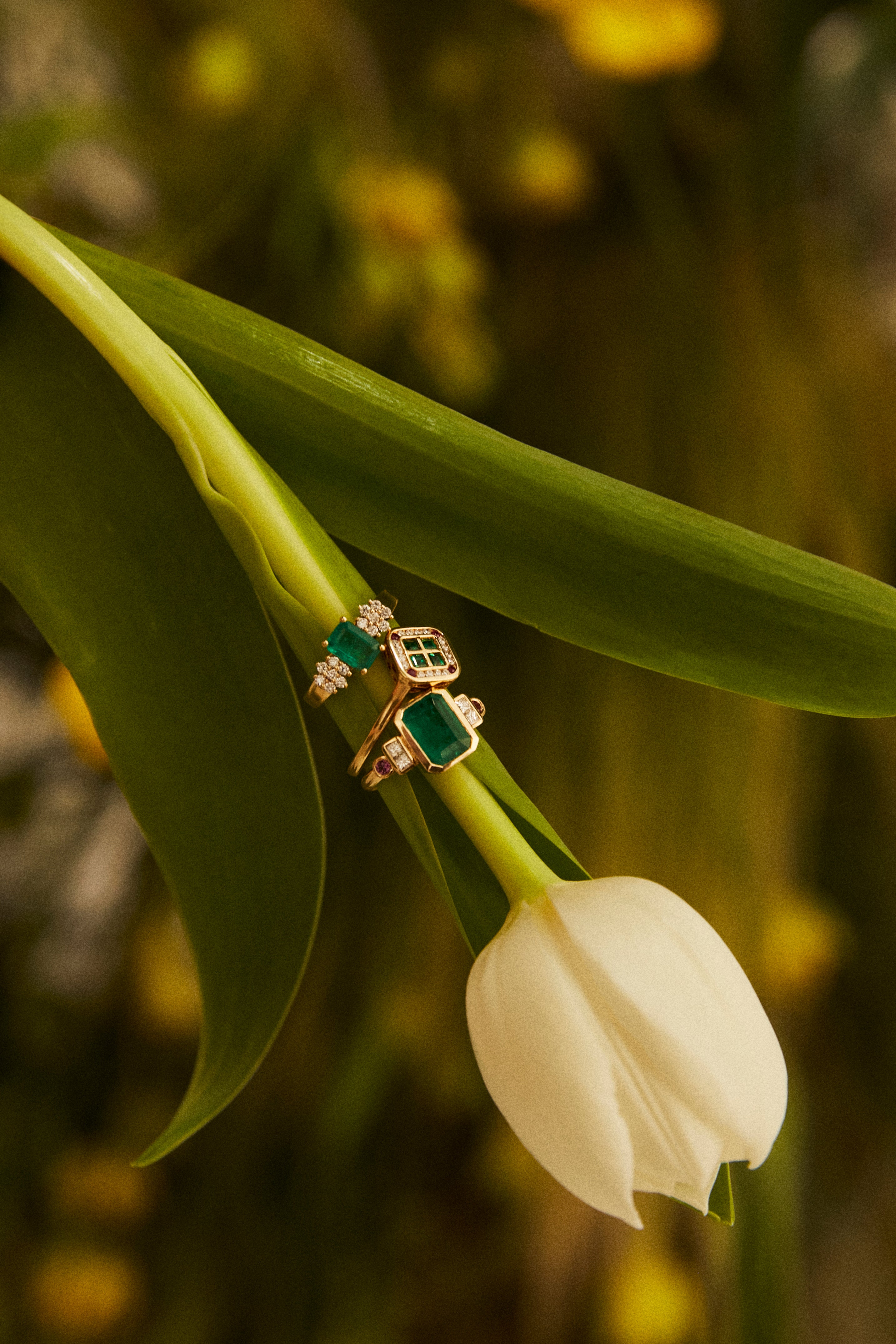
Its name comes from the Greek smaragdos , meaning "green gem." Emeralds were once thought to cure diseases such as cholera and malaria, increase intelligence and wit, and grant magical powers such as clairvoyance when placed under the tongue. Looking at an emerald was believed to help rest the eyes, a finding partially supported by modern science, as the green color relieves stress and eye strain.
Hardness
It is 7.5–8 on the Mohs scale.
It is less resistant than other stones such as ruby, sapphire or diamond, which makes it a stone that requires more care in its use.
Color
The most desirable emerald colors range from bluish-green to pure green, with vivid color saturation and a hue that isn't too dark. The most prized emeralds are very transparent. Their color is evenly distributed, with no color zoning visible to the naked eye.
Court
The emerald cut is the most popular, designed to minimize fractures and maximize color.
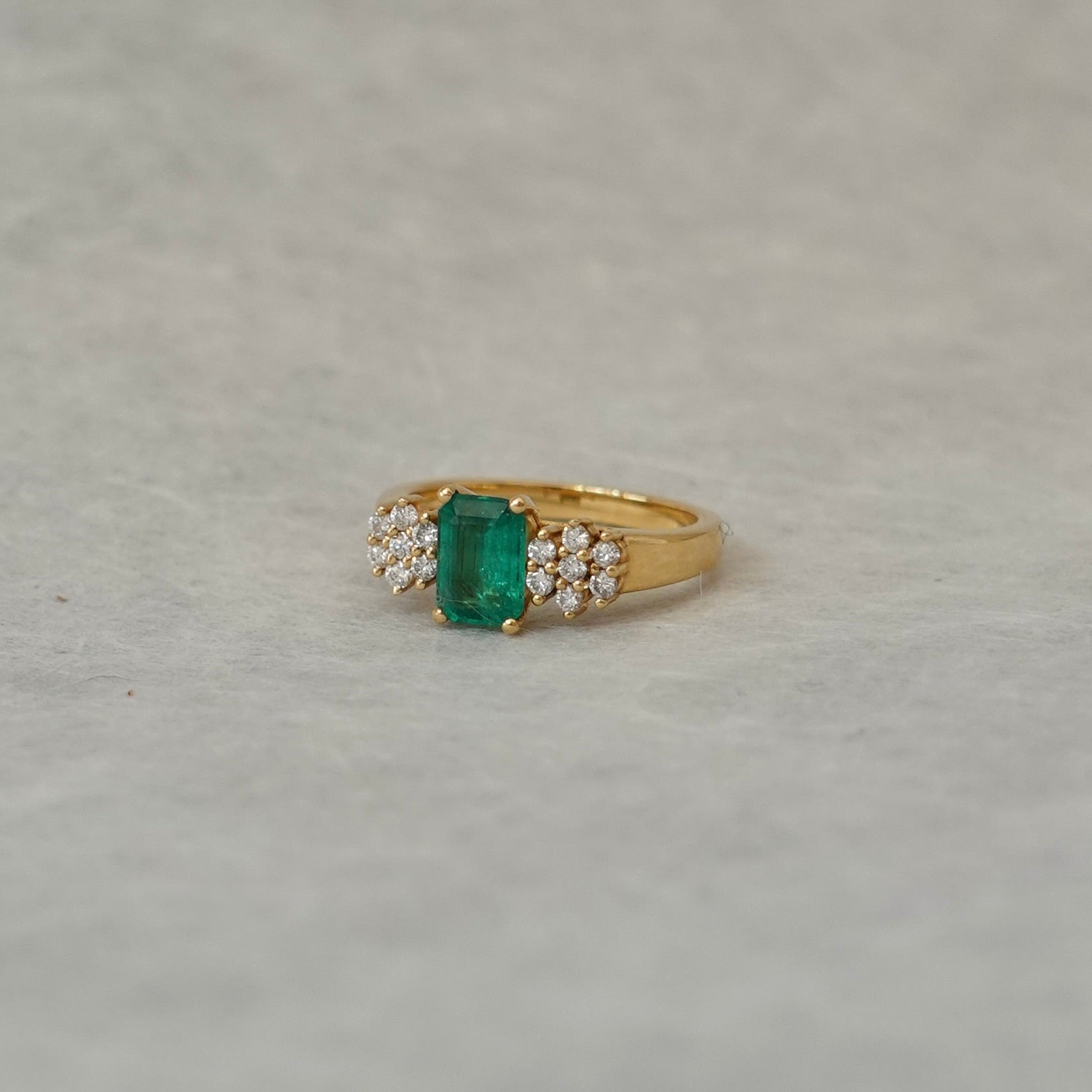
Clarity
Inclusions in emerald: natural art in the interior
Random geological processes in the earth created these inclusions in untreated natural gems without any human intervention.
Clean emeralds are very rare and very expensive , so in emeralds, inclusions visible to the naked eye are accepted and known as "gardens," since their arrangement sometimes resembles leaves, roots, or miniature natural landscapes.
These inclusions are important in determining the natural, synthetic or treated character and in identifying the origin.
In addition to their usefulness for identification, inclusions cause certain distinctive and desirable optical phenomena, creating unique landscapes within each stone, an inclusion "scene" that is completely unique and will never be repeated.
Weight
Emeralds range from fractions of a carat to stones weighing hundreds of carats .
The price of an emerald can increase dramatically as the size increases.
Treatments
Most emeralds on the market receive beautification treatments , and this is completely accepted within the jewelry industry, as long as the customer is informed clearly and transparently.
Untreated fine-quality emeralds are exceptionally rare and often fetch very high prices. Therefore, a treated emerald remains a valuable natural gemstone , provided the treatment is standard and performed properly.
Origin
Colombia, Brazil, Zambia (Africa)
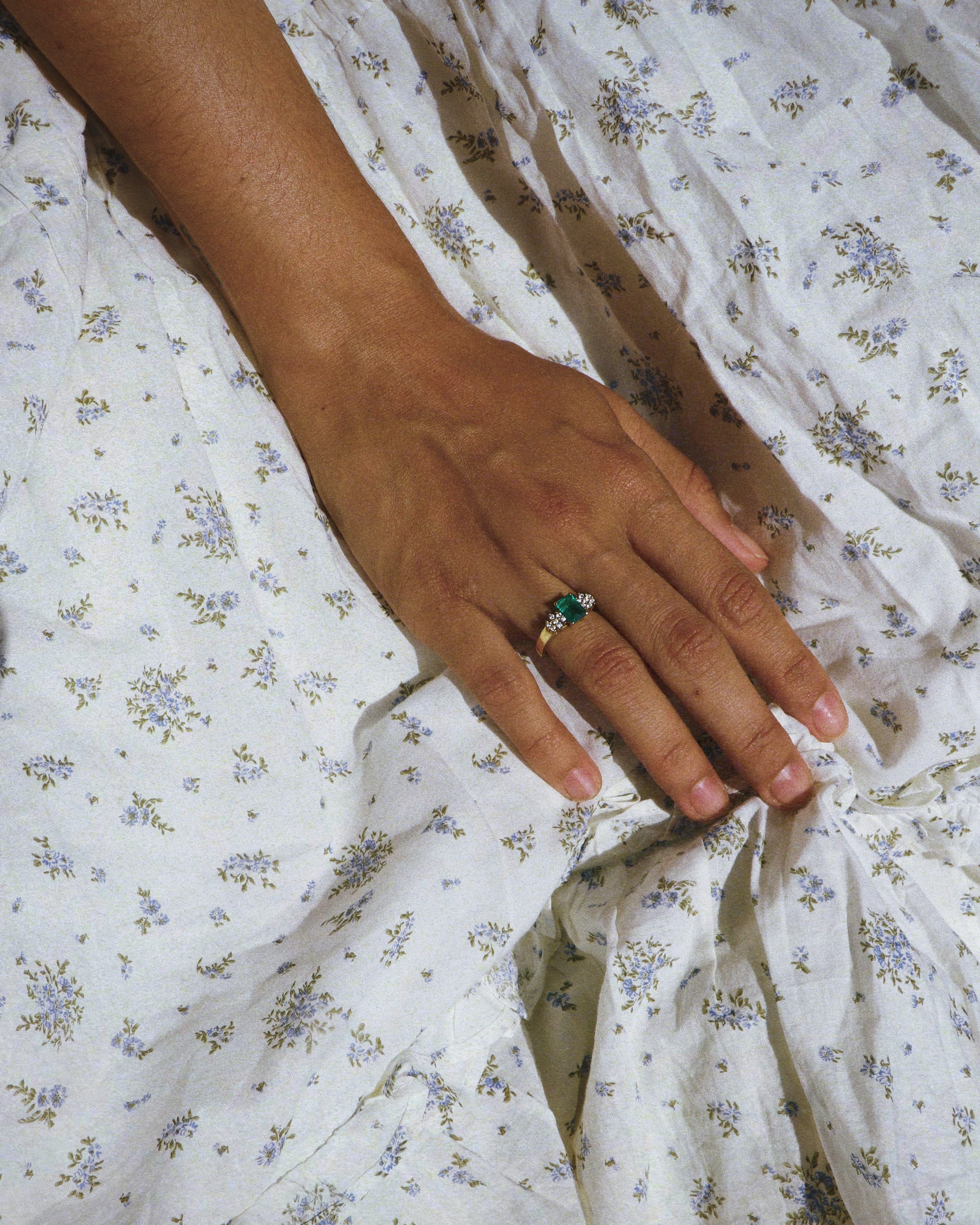
Care and cleaning
Gentle cleaning : Use only a damp cloth with warm water and mild soap. Avoid scrubbing with stiff brushes or using ultrasonic cleaners.
Avoid heat and chemicals , as they can affect the oils used in your treatment.
Store them separately : emeralds and diamonds should not rub against each other to avoid scratches.
Do not use them during physical activities or manual work that may expose them to impacts.
Emeralds are beautiful stones for all types of jewelry and with proper care will last for generations.

